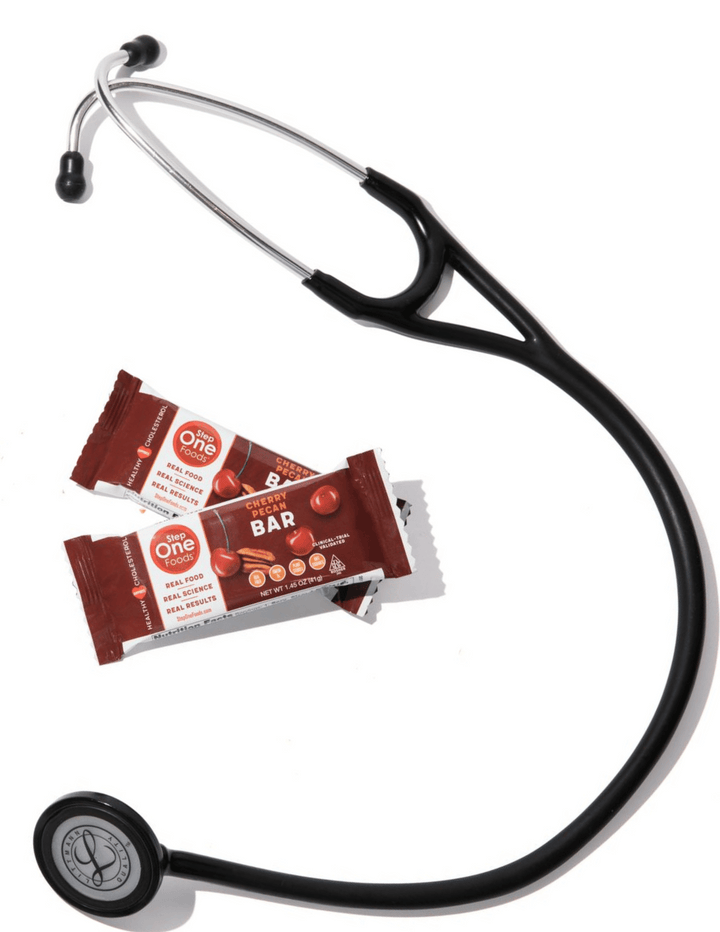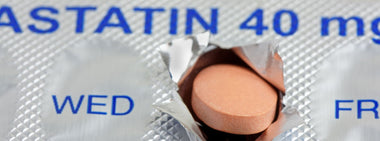Women get heart attacks too

News flash: A heart attack does not always look or feel like the classic Hollywood portrayal. The patient may not clutch his heart; he may not even experience any symptoms he associates with his heart.
More importantly, the patient may not be a “he.” Heart disease is the No. 1 killer of women in the U.S., and heart attacks kill over three million women worldwide every year.
Yet women are less likely than men to get the fastest and best care for heart attacks. Reasons include the lack of widespread knowledge that heart disease is a woman’s disease, and the lack of understanding of what a heart attack looks and feels like to a woman.
Women can absolutely have classic symptoms. As compared to men however, they are also more likely to experience less obvious indicators, such as trouble breathing, cold sweats, fatigue, upper back pain, chest burning, neck and even jaw pain. No wonder they might delay seeking treatment, attributing the sensations to being out of shape, indigestion, menopause, getting older or even a dental problem. And doctors may similarly be fooled and not recognize the symptoms as heart trouble.
No question that this can get very confusing. I’ve had back pain and fatigue and indigestion – we probably all have. But every symptom can’t land you in the emergency room. Here’s my advice – if it’s new, different and recurring, it’s a good idea to get evaluated at your doctor’s office, especially if you have risk factors for heart disease (high cholesterol, high blood pressure, high blood sugar/diabetes, history of smoking, family history of heart disease). If it’s new, different and persistent, an ER visit might just be the right course of action. Ultimately, you know your body best. If it doesn’t feel right, get checked out. What’s the worst thing that could happen? That everything is OK??
I fully acknowledge that my advice is not perfect as it still leaves a fair amount of uncertainty around when to act and what to do. And as you know, I like to solve things at their root cause. In this case, one of the biggest reasons clear guidelines don’t exist is the lack of research on heart disease in women. Overall, women make up only between 20 and 25 percent of participants in clinical trials involving heart attacks and heart therapies.
This means that many of the learnings and management recommendations around heart disease diagnosis and care in women are based on evidence derived primarily from male patients. But women are not just smaller men! At our core we are genetically different – and that’s true of every cell in our bodies. So treatments that are good for someone with a Y chromosome in every cell might not be universally applicable or appropriate to those of us without one. This genetic difference could also affect the way heart disease manifests itself within a woman’s body, including presenting signs and symptoms.
Importantly, the problem isn’t relegated to heart disease alone: Women of childbearing age have routinely been excluded from clinical trials for nearly every disease and treatment in case they become pregnant while enrolled. Perimenopausal women may be excluded due the perception that hormone fluctuations could impact study results.But when over half of the population is excluded from research, you get a system that prioritizes men. You get doctors telling women that they just think they have symptoms. You get doctors diagnosing women with mental illnesses when they have chest pain(!).
So, what can you do?
First, know the differences in symptoms. This guide from The Heart Foundation is helpful.
Second, advocate for yourself at the doctor’s office or emergency room. Saying, “I am having symptoms that are new/different and concerning to me and I want to make sure it’s not my heart” will get attention. Then describe all your symptoms as fully as possible.
Third, consider enrolling in a clinical trial. The scientific community is trying to increase research on women, but advancements will only take place if people participate. Check out clinicaltrials.gov. You can search the site using the keyword “Heart disease in women” and then narrow the list to trials that are enrolling patients, are going on in your state and accepting patients in your age group. You’ll often learn a lot about your own health, and you’ll have a huge impact on the lives of other women.
Finally, never lose sight of the truth. 80% of heart disease need not exist. That means, 80% of us (regardless of gender) should never have to worry about heart symptoms or treatments. The best way to avoid becoming a statistic? Attend to those pillars of healthy longevity, especially nutrition.

Tested & Proven Results.
- Cardiologist formulated
- Supported by over 500 publications
- Clinically-proven, in a double-blind randomized trial with Mayo Clinic and The University of Manitoba
80% of participants lowered their cholesterol in just 30 days. With just two servings per day, Step One Foods offers a proven-effective way to naturally lower LDL (bad) cholesterol.
Get heart health tips and articles like this, delivered right to your email.
New articles every week.
You may also like...

Insulin Resistance, Prediabetes and Type 2 Diabetes. Part 4: Un-Doing It.

You don’t need to avoid foods with cholesterol…except for these



